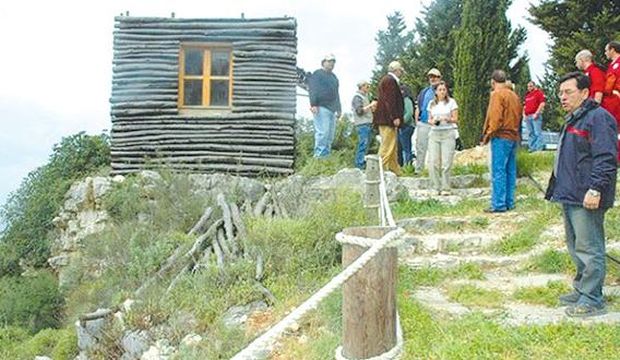Beirut, Asharq Al-Awsat—In the hills that rise above the Mediterranean, north of Beirut, a narrow ribbon of land has escaped the urban sprawl that characterizes the Lebanese capital’s perpetual growth.
Bentael Nature Reserve became Lebanon’s first protected area in 1981, although it was only in 1999 that it received official status as a nature reserve. Despite its small size—encompassing only 150 hectares—the dense woodland is home to 320 species of wildflower and medicinal plants, 62 species of birds, and larger wildlife such as porcupines, wild boar and even packs of jackal.
Bentael has a far higher concentration of biodiversity than Lebanon’s other nature reserves. Covered in pine and oak trees, and boasting its own cave complex, the forest is a natural fort that has increasingly become a prime destination for ecotourism lovers in recent years.
Birdwatchers are attracted by the arrival of migratory birds traveling between Europe and Africa. While outside migration season there are still many feathered friends to be spotted: Year-round residents include the Sardinian Warbler, Black-eared Wheatear and Western Rock Nuthatch—all of which can only be found in Mediterranean climates. Birds of prey such as the Levant Sparrowhawk and European Honey Buzzard also call Bentael home.
The hunting of birds is unregulated in Lebanon and migratory birds such as flamingos, pelicans and cranes are often killed as trophies. The park provides a rare safe haven for wildlife that would otherwise be the target of poachers. The reserve was designated an Important Bird and Biodiversity Area in 2008 by BirdLife International.
The park recently completed a three-year project to improve facilities for visitors and guard against natural hazards such as forest fires, with the help of international aid organizations. Park management has laid out several walking trails throughout the reserve as well as organizing workshops and fundraising events to support conservation.
Head of the Bentael Nature Reserve Organization Raymond Khoury told Asharq Al-Awsat: “Everyone is working hard with the aim of preserving the nature reserve and avoiding any possible hazards. The reserve is also conducting some scientific research related to the environment and nature conservation with the aim of becoming a pioneer in ecotourism.”
Khoury said that the best time to visit Bentael is during February and March. The park’s colors change throughout the year, and with rainfall the hues in the rock are especially impressive. In spring, vivid cyclamen cover the ground while in summer the smell of marjoram and thyme fills the air.
It is not just the living that attract visitors but the ancient dwellings of inhabitants who are now long gone. St. John’s rock-hewn hermitage and chapel, which are believed to date back to the 12th century CE, can be reached from the walking trails. A Phoenician engraving etched in stone can also be found on the park’s outskirts, as well as St. Theodore Church in Bahdidat village that holds thousand-year-old frescoes.
With February and March fast approaching, the time is ripe for tourists to visit Lebanon’s premier nature reserve, Khoury says.

